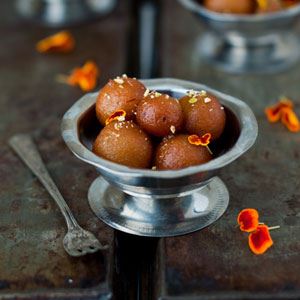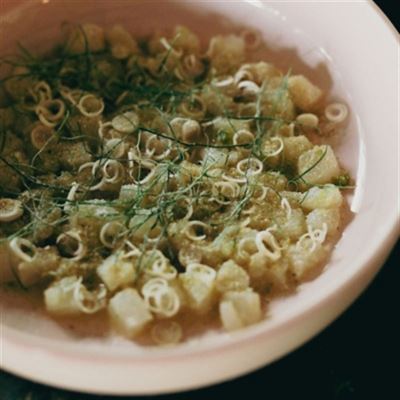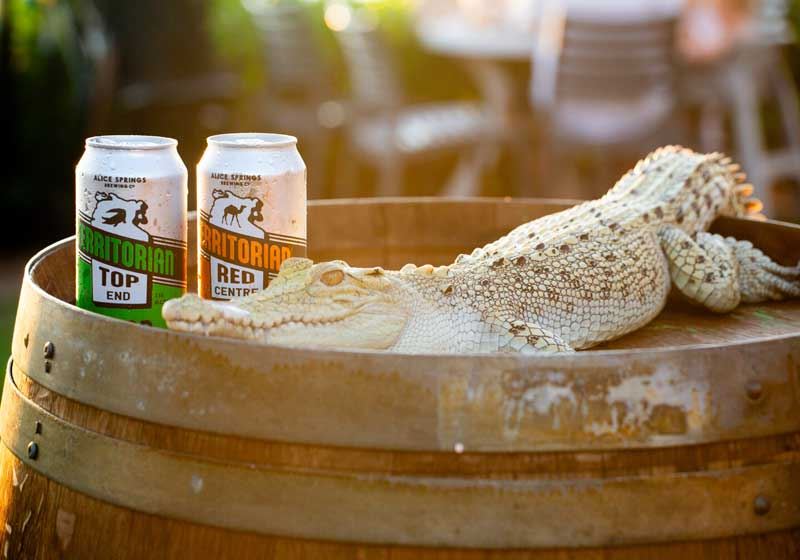Red Dragon Fruit Tortelli

Ingredients
Dough
100 g 00 flour
50 g durum semolina
2 eggs
1 1/2-2 tsp pink pitaya powder (dragon fruit powder)
1/4 tsp salt
1/2 tbsp olive oil
Filling
150 g ricotta
zest of one lemon
1 tsp of black pepper cracked
1/2 egg
salt to season
Sauce
150 g unsalted butter
2 tsp pink peppercorns
4-5 large sprigs lemon thyme (reserve any flowers for garnish)
handful of edible flowers optional, for garnish
Method
Use a food processor to combine the dry ingredients, then gradually add the wet. Run for approximately one minute, or until the dough begins to hold together as one ball.
Alternatively, if you don't have a food processor, form a well of the dry ingredients with the wet in the centre, and gradually mix the dry into this using a fork.
Knead by hand for 10 minutes, vigorously. The dough should be soft but not stick to your hands or the kneading surface. If it does stick, add flour in teaspoon increments, fully incorporating before reassessing moisture levels.
Cover the dough with cling wrap or store in an airtight container; leave to rest for 30 minutes away from direct sunlight or heat.
Prepare the filling by mixing all filling ingredients together using a fork, until it has a smooth consistency without any lumps of ricotta.
Cut the dough into two pieces or, if scaling the recipe, two pieces per approximately 150g of flour used. Working with one piece at a time (returning the remainder of the dough to an airtight container) pass it through the pasta machine at the thickest setting 3-4 times. If working with a rolling pin, knead it firmly for a few minutes before beginning to roll it out.
Gradually step up through the thicknesses, one at a time, or roll to desired thickness. The ideal setting for this pasta on a manual machine is 7.
Cut into squares of approximately 60mm using a fluted pasta cutting wheel. Note that if you're preparing a large amount, or are unsure of how quickly you'll work, then progress using only one sheet at a time with the rest remaining covered. They will dry out quickly and become increasingly difficult to fold.
Use a piping bag to squeeze a small amount of filling into the centre of each square, roughly the size of a large pea, filling the centre ninth of the square.
To shape, first, fold one edge over the filling to meet its opposite edge. Press down lightly to seal, and then gently seal the two shorter edges, making sure that you squeeze out any air as you go.
Turn the frilled edges slightly upwards, and give it a poke in the centre of the smooth sealed edge to form a hollow in the bulge caused by the filling. Bring the short edges around the hollow to slightly overlap with each other, and press firmly to seal and complete the tortello.
Transfer to baking paper-lined trays, and refrigerate for up to one day. Alternatively, you can freeze them, but you may find that the ricotta takes on a grainier texture.
To cook, drop into a large pot of boiling water (with a pinch of salt).
Whilst the pasta is cooking, melt the butter over medium-high heat for 3-5 minutes, stirring constantly. You’ll see it bubble and foam as the butter begins to brown.
Once the foam has disappeared, the rate of browning will increase rapidly. Keep a close eye on it, tasting as the colour deepens, until it reaches your desired flavour.
Remove and strain pasta once there is no white visible in the dough when biting or cutting into the pasta's thickest section.
Stir pasta through the sauce and serve with edible flowers.




Credits: Pasta Et Al
Photo Credits: Pasta Et Al








